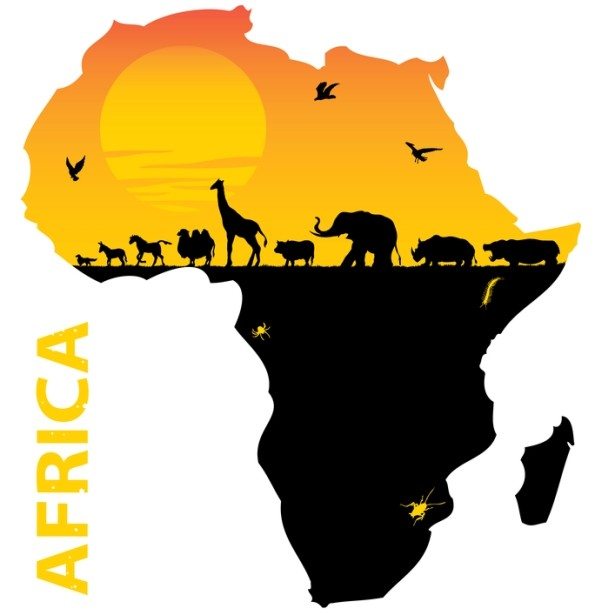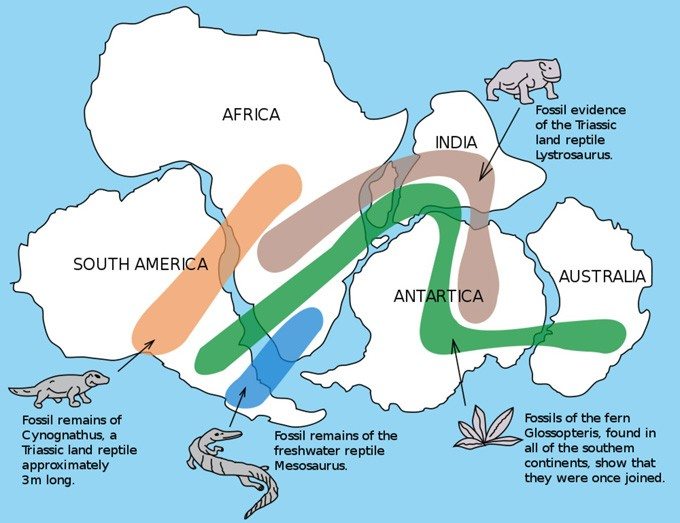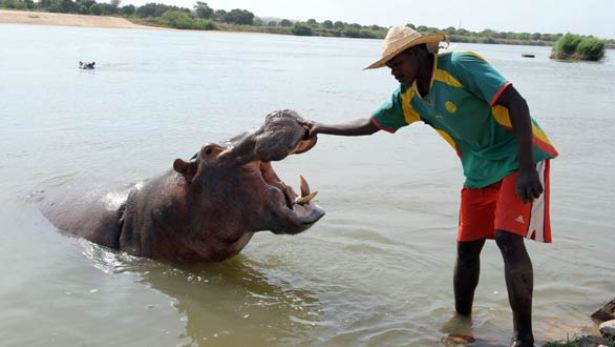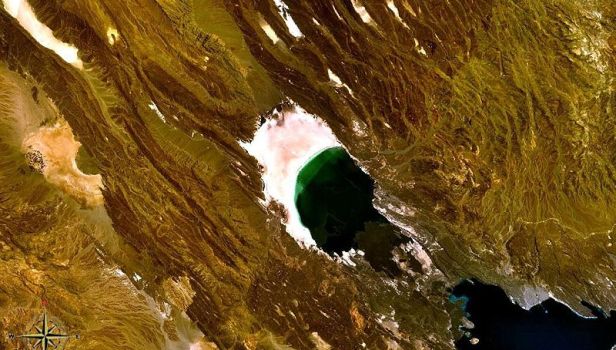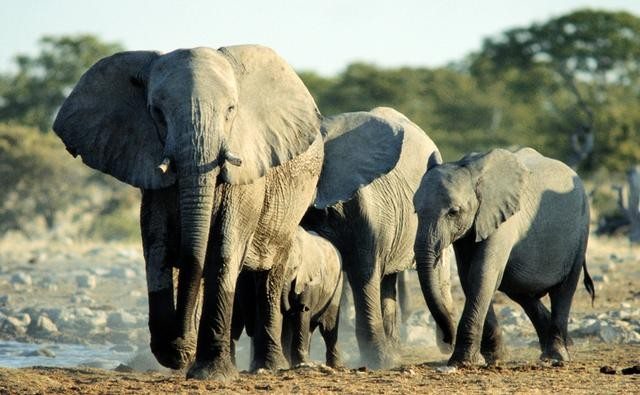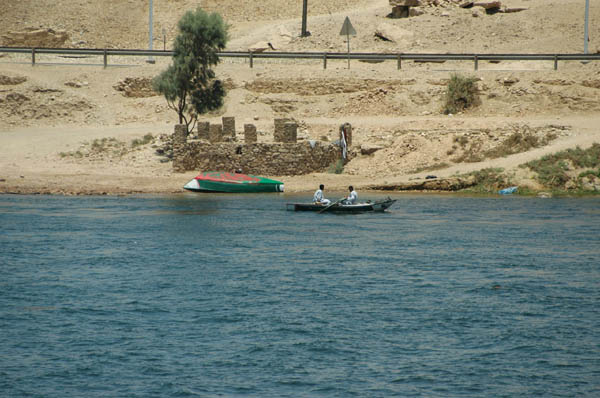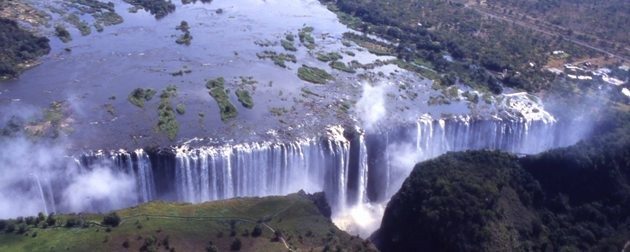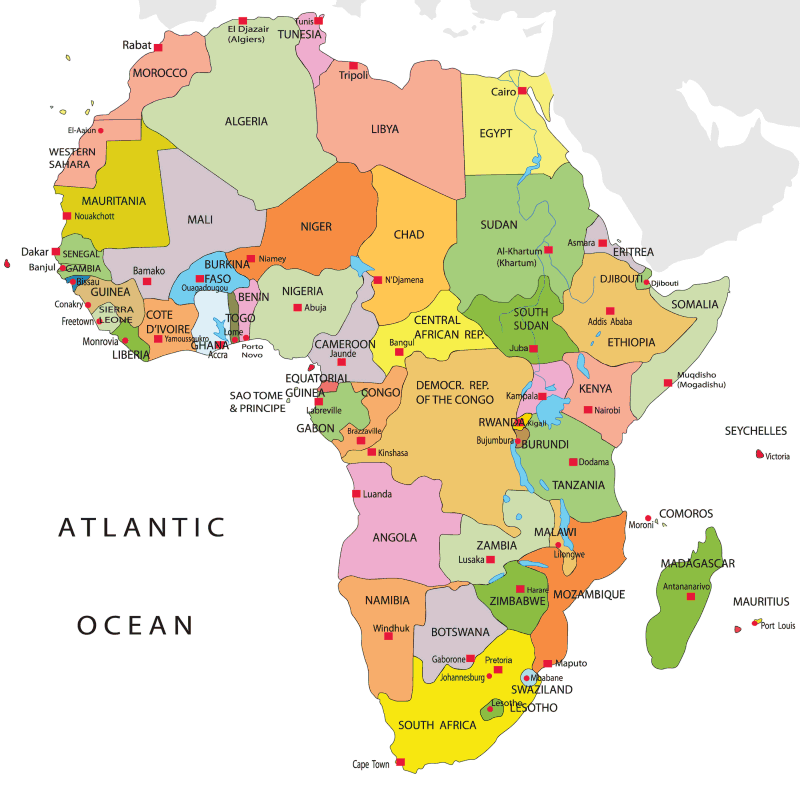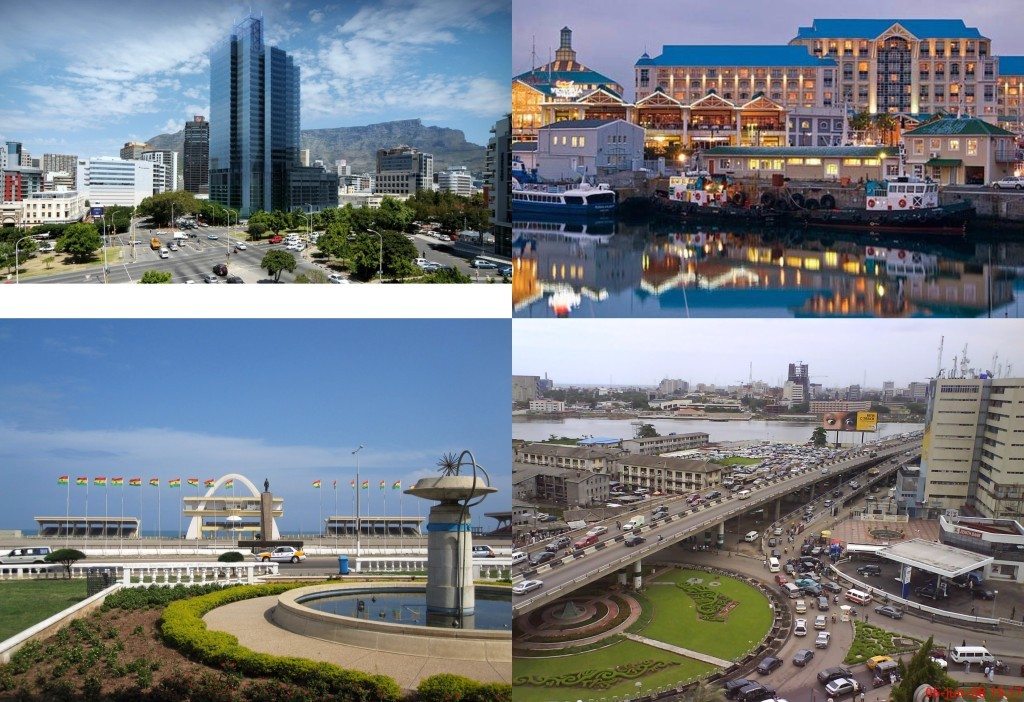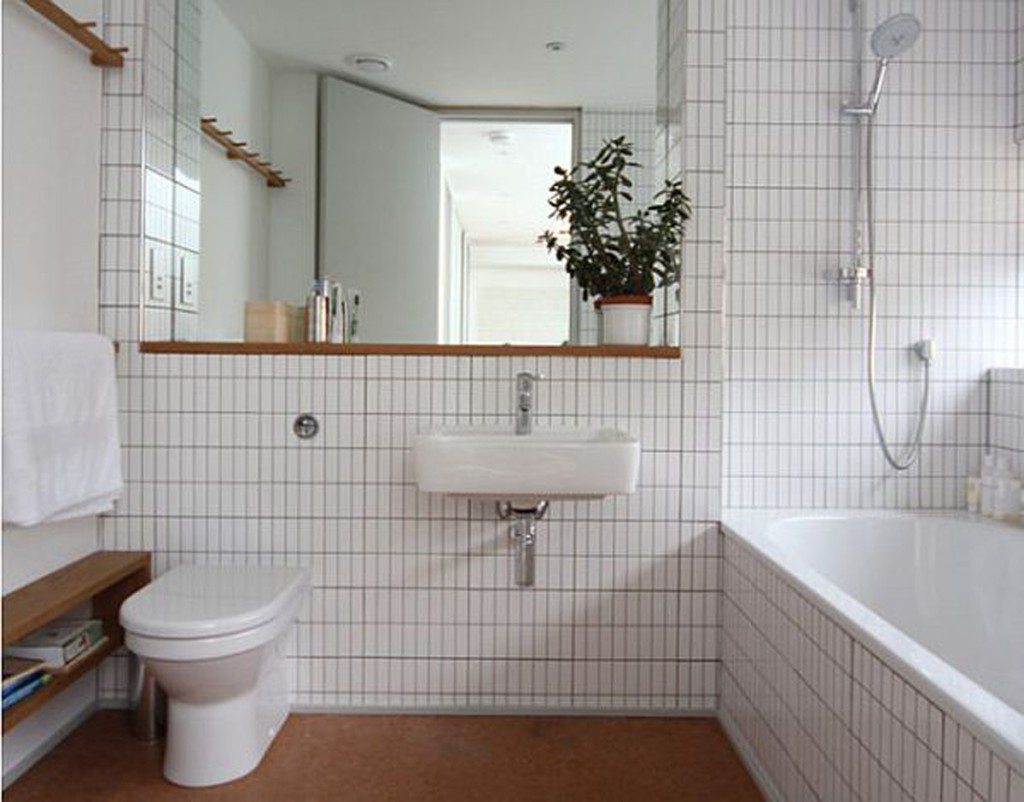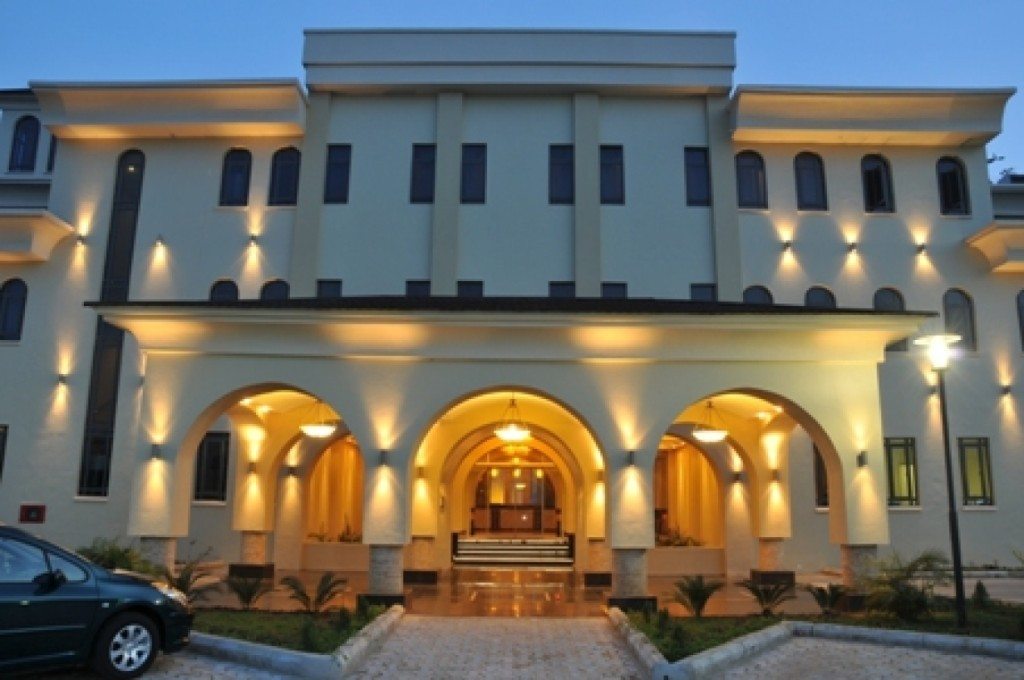Africa is the most populous and the only black continent. Despite the delayed development in the continent, Africa is an interesting continent to visit and in it abounds lots of talents. There are lots of known and interesting information but there are much more unknown African facts about Africa that are worth mentioning. Answers Africa brings you the 10 facts about Africa including geography facts, fun facts and Africa travel facts that will definitely interest you.
10. Second Largest Continent
Africa is the second largest continent in the world. The second largest in both land mass and population. It covers about a fifth of the earth’s total land area. The land mass is about 30.2 million km² (11.7 million sq mi) and this includes adjacent islands, it covers six percent of the Earth’s total surface area.
See Also: What is Africa Known For?
9. Africa Was Once Joined To Other Continents
One interesting fact about Africa that is truly amazing is that long before humans were around (the early Mesozoic Era), Africa was joined to the other continents in a massive continent called Pangaea. Over millions of years, this huge continent broke apart shaping the world landscape as we know it today in what has been referred to the continental drift. This was at first a speculation and was first put proposed by Abraham Ortelius in 1596. Later on, the concept was independently (and more fully) developed in 1912 by Alfred Wegener and the theory of continental drift was superseded by the theory of plate tectonics, which builds upon the previous continental drift and better explains the former concept.
See Also: 10 Interesting Facts about South Africa
8. Hippos Kill More People in Africa Than Lion and Crocodile
The African hippopotamus is unbelievably responsible for more human deaths in Africa than any other large animal. Male hippos make it a point of duty to actively defend their territories which often times run alongside the river banks. Female hippos are known to become quite protective and aggressive most especially if they anticipate any form of threats towards their babies, which would normally stay in the water while the mother hippo feeds on the river banks. Hippos have well-structured jaws in which up to 20-inch canine teeth are installed.
7. The Lowest Point in Africa is Lake Assal
The lowest point in Africa is Lake Assal which is located in central-eastern Djibouti at the western end of Gulf of Tadjoura in the Tadjoura Region, touching Dikhil Region, at the top of the Great Rift Valley. The crater lake lies 155 meters below sea level. This water body also takes the third position for lowest land depression on Earth following the Dead Sea and Sea of Galilee. The level of saltiness in the lake is so high becoming 10 times more concentrated than that of the sea. Assal is the world’s largest salt reserve, which is presently exploited under four concessions awarded in 2002 at the southeast end of the lake.
6. Africa is The Home of the Human Species
Another interesting fact about Africa is that according to information provided by the Human Origins, early humans first migrated out of Africa into Asia probably between 2 million and 1.8 million years ago. They entered Europe somewhat later, between 1.5 million and 1 million years. Species of modern humans populated many parts of the world much later. For instance, people first came to Australia probably within the past 60,000 years and to the Americas within the past 30,000 years or so. The beginnings of agriculture and the rise of the first civilizations occurred within the past 12,000 years.
5. Africa’s Sahara is the World’s Largest Desert
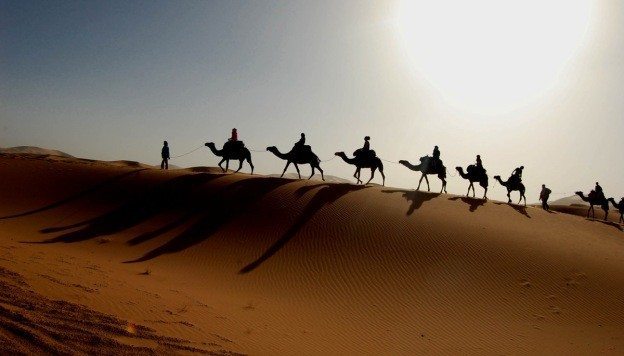
The world’s largest non-polar desert, the Sahara, is located in the northern part of Africa. The Sahara has a surface area of 9 million square kilometres (3.5 million square miles), and it stands as the largest non-polar desert in the world.
See Also: 10 Interesting Facts about Nigeria
4. Africa Makes up 15% of The World’s Population and origin To A Quarter of Languages
Africa makes up about 15% of the world’s population, providing home to about 1 billion people. Because of the population explosion and the low life expectancy rate in Africa, a large percentage of Africa’s population are less than 30 years old. The continent’s diversity fully supports over 1,500 different languages which represent a quarter of the world’s languages which are spoken only in Africa.
3. Africa is Home To The Largest Known Mammal
The world’s largest living land animal, the African elephant, which can weigh between 6 and 7 tons is found in Africa. Males African elephants stand 3.2–4.0 m (10–13 ft) tall at the shoulder while their female counterparts stand 2.2–2.6 m (7–9 ft) tall. African elephants are mostly found in Eastern, Southern and West Africa.
2. The Nile is the Longest River in The World
The Nile is the longest river in the world measuring about 6,670 km (4,160 miles) in length although the Nile is usually associated with Egypt, only 22% of the Nile’s course runs through Egypt the rest flows through Tanzania, Burundi, Rwanda, the Democratic Republic of the Congo, Kenya, Uganda, South Sudan, Ethiopia, Sudan. The banks of river Nile saw the origin of the oldest civilizations in the world.
1. Africa’s Lake Victoria is One of The Wonders of The World
One last surprising fact about Africa is that the continent is blessed with many natural wonders and amazing tourist destinations of which the Lake Victoria is one of them. It forms the largest lake in Africa and the second-largest freshwater lake in the world, covering an area of 26,830 square miles (69,490 square kilometres) but it also contains the largest sheet of falling water in the world in terms of area.
Common Misconceptions About Africa
Most people who have never visited Africa are susceptible to fall prey to the widespread misconceptions about Africa. Before believing anything you read or heard about Africa, you need to familiarise yourself with Africa facts. These Africa facts will help you refute some erroneous descriptions of Africa and its people. The commonly held misconceptions can be widely categorised into geographical, cultural, social and economical misconceptions.
1. The greatest geographical misconception held about Africa is that it is one large country.
However, this is not the case, Africa is the second largest continent made up of fifty-four independent countries. Each of the fifty-four countries is very different from each other in terms of the political, social and economical organisation. See map below:
2. The different African countries are made up of rural and urban regions.
It is a true statement of fact that the rural areas mainly consist of mud huts while the urban regions consists of modern forms of architecture and infrastructure contrary to this misconceived Africa fact that all Africans live in mud huts. Of course, Africa does have sky scrapers and other magnificent architectural masterpiece! Checkout these well-developed cities of Africa:
3. Africa is not a vast stretch of desert land. It is a fact that Africa is the home to Sahara desert.
However, Sahara desert covers only a third of the whole continent. The rest of the region is made up of alternating fertile lands and water bodies which support farming. This is another Africa fact that is misconceived.
4. It is also a great geographical misconception to assume that Africa is a wide stretch of the rain forest.
In fact, only parts of the guinea coast and Zaire River basin are covered by the rain forest. The rest of the forest areas have been cleared for settlement and farming.
5. The greatest cultural misconception held about Africa is that the whole continent share a homogenous culture.
This may come as a surprise but not even a single African country is governed by the same culture. As much as African nations consist of different ethnic groups balkanized together, each of these groups has its own unique set of cultural beliefs.
6. You have probably read somewhere that in Africa, wild animals roam the street
And that Africans, especially men are always armed with guns everywhere they go in case they are confronted by wild animals. Even in recent times, some still hold unto this, they believe in some parts of Africa, monkeys roam the streets shaking or rather giving people knocks on the head. The streets in African countries are very safe. Contrary to this misconception, wild animals live in controlled regions. Most of the African countries are home to various species of wild animals and birds that are contained in zoos and parks. These wildlife reserves are in turn managed by respective wildlife officials.
7. All Africans Speak one language – the African Language and Can’t Speak any Foreign Language
Sounds funny, how possible could that be? The fact is that the fifty four African countries consist of different groups of people who speak different languages. The number of national languages vary from country to country. English, German and French are among the foreign languages spoken in some of the African countries. This Africa fact refutes misconception that all Africans speak one language characterized by clicking sounds.
8. Africans go on bare foot and skin (or rather wear animal skin only)
There’s this fallacy that Africans do not wear clothes nor shoes. The few ‘big’ men that do, wear only animal skin around the waist line. Though the Maasai’s in Kenya carry spears, but they do not represent the whole continent. Very few hunter gatherer communities in South Africa still wear skin. However, Africans wear modern clothes like any other human beings on the planet. These are actually Africans, very cute!
9. You probably assume that African cuisines are all weird.
It is a fact that traditional African dishes may not necessarily suit your foreign taste but it is wrong to classify these dishes as weird. However, pizzas and sausages are among the many foreign fast foods prepared in Africa.
10. A widespread social misconception about Africa is that it is home to uneducated people.
But the truth is that levels of illiteracy in Africa are dropping by the years and most African countries have well established formal education systems.
11. There is No Technology in Africa
Africa is not at all a technological void part of the globe . All African countries have embraced technology. Computers, laptops, iPads and mobile phones are all found in Africa. Even the most primitive persons often own at least a GSM phone.
12. In relation to the above misconception, Africans have brains with high thinking capacity and are able to develop innovative ideas.
The fact that most African countries are rated “third world” should not be attributed to a supposed low thinking capacity but to lack of resources and government initiative.
13. Africa is not a continent flooded with social ills.
Aside from the political and social related cases of violence in Africa, the continent has beautiful scenery and friendly peace loving people who are not always fighting.
14. Misconceived Africa facts tell us that there are a number of environmental related diseases in Africa.
However, health experts have developed proper vaccines and medicines to control these diseases. It is, therefore, a great misconception to assume that everybody in Africa is sick or susceptible to conducting these “uncontrollable” diseases.
15. It is wrong to assume that all native Africans are dark skinned
Africans are generally darker compared to individuals from other races. However, this does not translate to the fact that all Africans have a dark skin. There are very many light-skinned native Africans you will meet on your visit to the continent.
16. There are no built conveniences in Africa
Africa is not a primitive land where people answer nature calls in the bush and have their bath outdoors. Homes, business places and hotels have toilets and latrines in which people can answer nature calls. Check out the one below, this one dey happen for Africa o!
17. Not all African countries are corrupt
It is generally misconceived that the whole of Africa is saturated with corruption. But that’s not true. There is no human society that is completely void of corruption. The only thing is that the rate varies from place to place. A country like Botswana has a nearly negligible level of corruption.
18. The economic misconception that all African countries are poor and survive on aid is misleading
African countries have government systems that manage the countries’ economy as well as create employment opportunities for its citizen in order to enable them lead quality lives.
19. Africa has very few hotels and lodges
Of course, this can’t be true. Africa is a country that is very rich in tourist sites and attractions which are endlessly patronised by foreigners. Also, many African countries have a rich and friendly economy which boost business activities and attract investors. All these and other factors have guaranteed the increase in the number of hotel accommodations available in the country. Different African towns and cities are filled with hotels contrary to the misconception that there are few hotels in Africa.
20. Another popular economic misconception about Africa is that the African countries are economically underdeveloped.
This is a misleading misconception since countries like Nigeria, Ghana and South Africa have registered high levels economic growth. The economy of some African states is even in better conditions than that of some western countries who are just living in past glories.
